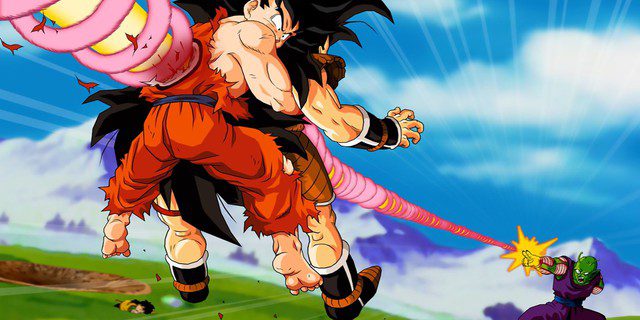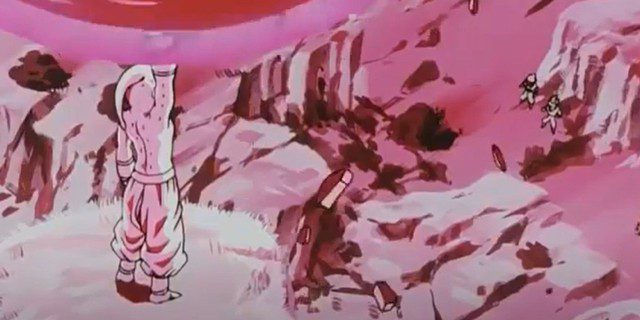

Understanding Death in Shonen Anime/Manga
In the realm of Shonen anime and manga, death often serves as a significant plot device, impacting character development and story progression. Typically, characters who die in these series return through conventional means, often portraying the aftermath of a major battle where the protagonist faces loss. Within the context of action-oriented storytelling, death becomes a recurring theme, compelling heroes to confront their mortality.
Moreover, death can be utilized to forge a strong motivation for characters, particularly in the pursuit of vengeance or the desire to protect others. In this narrative landscape, death acts as a catalyst, driving the main character towards their journey or solidifying their resolve to achieve their goals.
For instance, Gohan’s awakening of hidden potential following Piccolo’s death and Goku’s transition into Super Saiyan after Krillin’s demise are notable examples of this phenomenon. Similarly, Gohan achieving Super Saiyan 2 while battling Perfect Cell, after Android 16’s death, showcases how mortality can be pivotal in shaping heroic determination.
Dragon Balls: The Key to Overcoming Death
The world of Dragon Ball operates under unique rules, as the Dragon Balls provide a remarkable plot device that allows characters to resurrect, effectively circumventing the permanence of death. This ability enables characters to overcome significant losses, effectively diminishing the weight of their sacrifices and rendering death less impactful.
During battles, certain rules must be adhered to, especially regarding the revival of characters. For example, initially within Dragon Ball, any character revived could not be resurrected again if they had already returned to life. This limitation served to prevent over-reliance on resurrection as a narrative crutch, maintaining the gravity of character deaths.
The Importance of Sacrifice in the Narrative
During the Namek Saga and Frieza Saga, the Dragon Balls became essential plot points when Bulma, Gohan, and Krillin traveled to Namek to resurrect Piccolo, Kami, Yamcha, Chiaotzu, and Tien. The revival of Piccolo and Kami was crucial as it also enabled the resurrection of the Dragon Balls on Earth during this period.
On Namek, the deaths of Krillin and Vegeta were instrumental in Goku’s transformation into a Super Saiyan, yet both characters were later revived by the end of the Frieza Saga.

It is essential to note that the concept of death and its implications were further explored during the Majin Buu Saga. By this point, nearly all main characters had experienced death and subsequent resurrection multiple times, including Goku himself.

The frequent resurrections of characters contributed to a diminishing value of death in the storytelling, leading to a climax where it became a mere narrative tool rather than a profound event, especially in the climax of the Majin Buu Saga.
Even as various incarnations of Majin Buu wreak havoc across the universe, the ability of Namekian Dragon Balls to resurrect characters remains vital in restoring balance and repairing the damages inflicted by the antagonists.
Ultimately, the continual cycle of death and resurrection throughout Dragon Ball Z has profound implications for how the series handles the concept of mortality. As the series progressed into later iterations, including Dragon Ball GT and Dragon Ball Super, the principles surrounding death and resurrection became increasingly complex, often disregarding previous constraints established within the narrative.
Thus, the events in Dragon Ball Z serve as a foundational aspect that influences how death is perceived and utilized in subsequent story arcs.
you need to specify the src of the video file





















